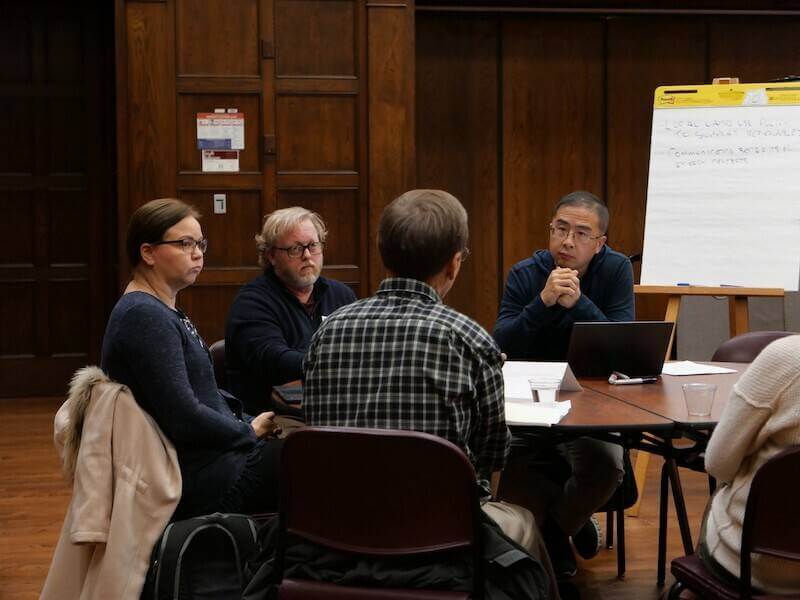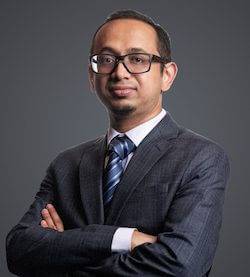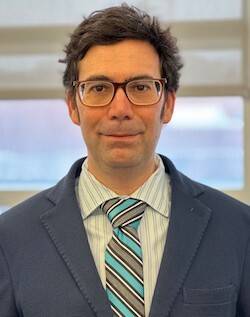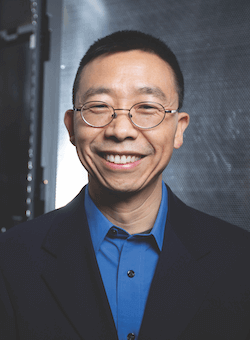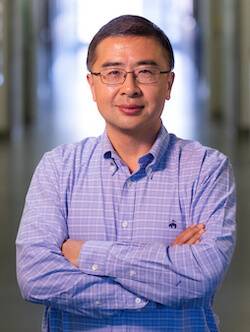Biomass is a huge resource for bioenergy, biofuels and biochemicals, and the state of Iowa is blessed with an abundance – most counties fall within the region designations of highest potential supply of biomass (1,000 to 5,000 dry tons per square mile) or second highest potential supply (500 to 1,000 dry tons per square mile). Despite this abundance of lignocellulosic biomass, there are significant technological roadblocks in converting this valuable material into commodity chemicals, fuels, and value-added materials in an economically and industrially viable fashion.
